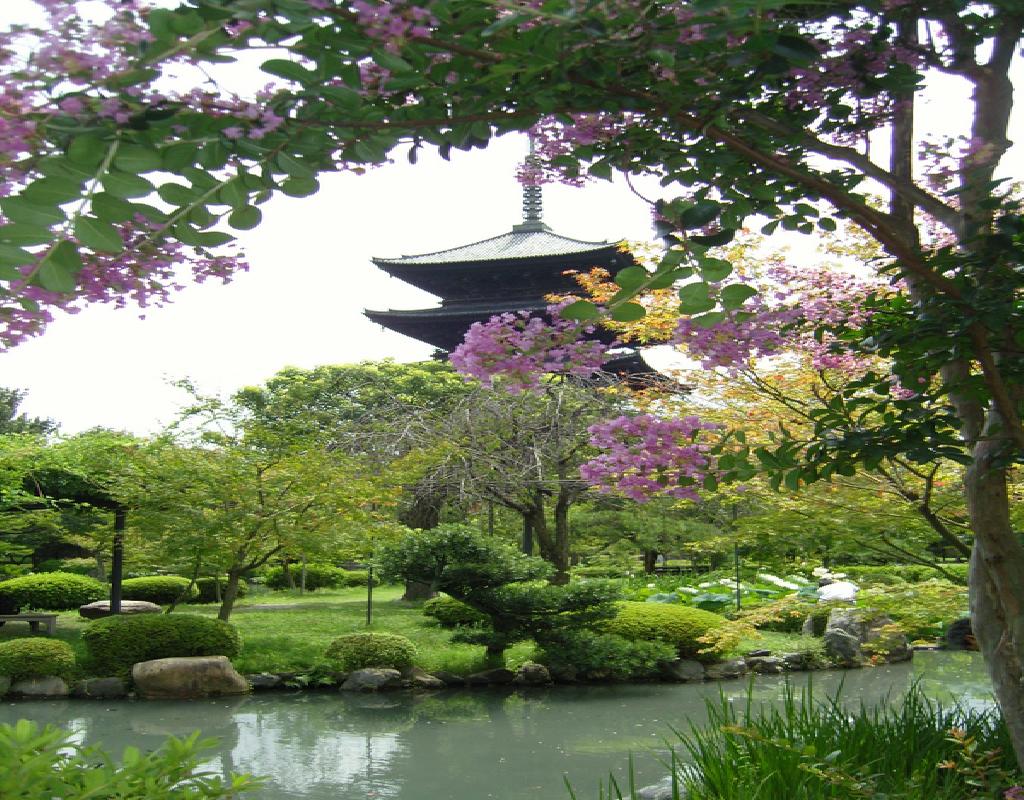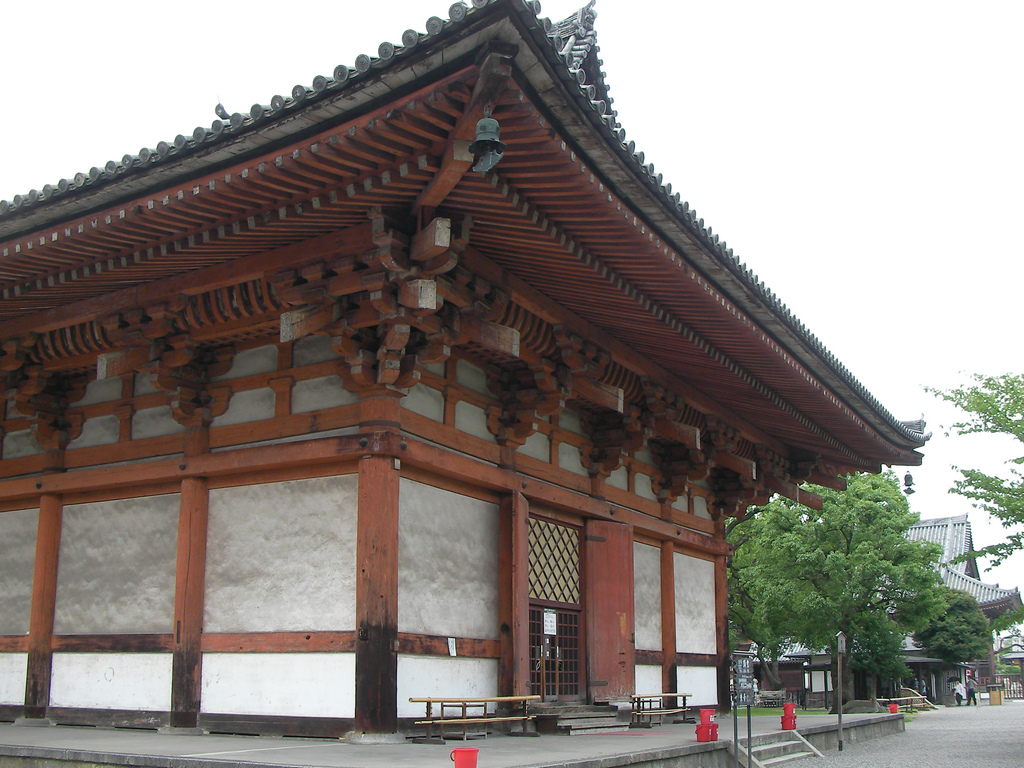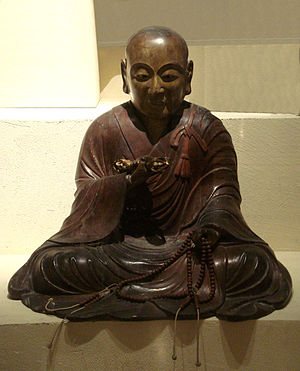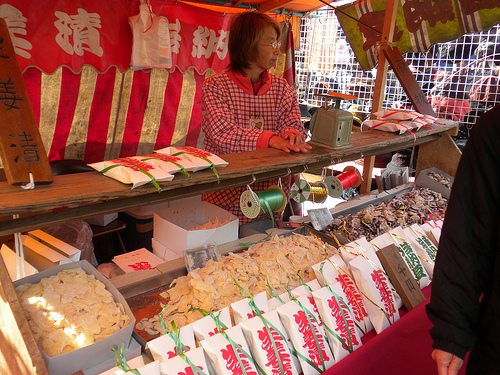
To-Ji Pagoda, Kyoto, Japan
Tō-ji temple (東寺) in Kyoto is an impressive temple complex containing gardens, historic buildings, and beautiful sculptures. However, the most famous feature is its 5-story pagoda, which is the tallest wooden structure in Japan, at 54.8 meters (187 feet). The pagoda can only be entered a few days each year, but the rest of the grounds are open to the public. It is one of the UNESCO World Heritage sites in Kyoto.

To-ji Temple
The temple was started in 794 at the orders of Emperor Kammu, who moved the capital of Japan to Kyoto. To-ji, meaning “The temple in the east” originally had a counterpart called Sai-ji, or “The temple in the west,” which no longer exists. They were constructed to protect the city from spiritual harm. In 823, Kobo Daishi, the founder of Shingon Buddhism, moved to To-ji. There is now a seminary on the grounds . Most of the buildings have been destroyed and rebuilt, but are still several centuries old.

Kobo_Daishi. 日本語: 弘法大師 空海 (Photo credit: Wikipedia)
On the 21st of every month there is a huge flea market on the temple grounds. Hundreds of vendors sell products ranging from old kimono to pottery, handmade calligraphy brushes to bonsai, soap to wood carvings, and everything in between. There is a smaller market held on the first Sunday of each month with a focus on antiques and collectibles.

Tō-ji Flea Market, Kyoto (Photo credit: np&djjewell)
To-ji is an easy 10-15 minute walk from Kyoto Station, and it is also on bus lines #205, #202, and #207. It is near the To-ji Station on the Kintetsu train line. The temple is open from 8:30 am to 5:30 pm, though only until 4:30 pm from September through March. The official website is only in Japanese, but has a good recording of the Shingon sutra being read: www.toji.or.jp
An informative website in English is: http://www.cyclekyoto.com/toji-temple
 photos by:
ronancrowley &
Mikel Lizarralde
photos by:
ronancrowley &
Mikel Lizarralde